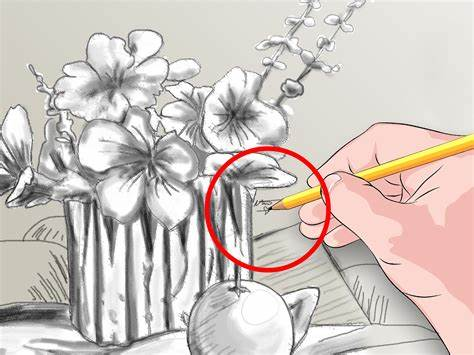Drawing
Drawing is a powerful art form that allows people to express themselves in a unique and personal way. Whether it's through pencil sketches, charcoal drawings, or intricate paintings, drawing has the ability to captivate and inspire viewers in ways that few other mediums can match. In this blog, we will explore the history, benefits, and techniques of drawing, as well as some of the most influential artists in the field. ( This blog made by Techgoldar ) techgoldar.blogspot.com
History of Drawing
Drawing has been an integral part of human culture for thousands of years. Some of the earliest known examples of drawing date back to the Paleolithic era, with cave paintings and rock art depicting animals, humans, and other elements of the natural world. Over time, drawing evolved into a more formal art form, with artists using pencils, charcoal, and other materials to create detailed and realistic images.
During the Renaissance era, drawing became an even more prominent art form, with artists such as Leonardo da Vinci and Michelangelo using it as a way to explore the human form and the principles of perspective. In the centuries that followed, drawing continued to evolve, with artists exploring new techniques and styles that would shape the course of art history.
Benefits of Drawing
Drawing offers a wide range of benefits, both for artists and non-artists alike. For artists, drawing provides a way to express their creativity and explore their emotions in a visual medium. It also helps to improve hand-eye coordination, spatial awareness, and fine motor skills, which are essential for many art forms.
For non-artists, drawing can be a relaxing and therapeutic activity that helps to reduce stress and anxiety. It can also be a way to develop new skills and learn about art history and culture.
Techniques of Drawing
Drawing techniques vary depending on the artist and the medium used, but there are some common principles that apply across the board. These include:
Sketching: Sketching is a foundational drawing technique that involves creating rough outlines and shapes to establish the composition of the image. This technique is often used as a way to explore different ideas and concepts before committing to a final drawing.
Shading: Shading involves using different tones and values to create the illusion of depth and dimension in a drawing. This technique is often used to create realistic and lifelike images.
Perspective: Perspective is the technique of creating the illusion of depth and space in a two-dimensional image. This involves using techniques such as foreshortening and vanishing points to create a sense of distance and depth in the drawing.
Composition: Composition is the arrangement of elements within a drawing. This includes considerations such as balance, symmetry, and focal points, which help to create a sense of harmony and unity in the image.
Influential Artists
Drawing has a rich history and has been practiced by countless artists throughout the ages. Some of the most influential artists in the field include:
Leonardo da Vinci: Leonardo da Vinci is widely regarded as one of the greatest artists of all time. His drawings and paintings are known for their incredible realism and attention to detail, and his techniques and methods continue to influence artists to this day.
Vincent van Gogh: Vincent van Gogh was a Dutch painter who is known for his vibrant and expressive paintings. His drawings are similarly expressive, with bold lines and strong colors that convey a sense of emotion and energy.
Rembrandt van Rijn: Rembrandt was a Dutch painter and etcher who is known for his intricate and detailed drawings. His work often explores themes of light and dark, and his use of shading and perspective helped to establish him as one of the most influential artists of his time.
Conclusion
Drawing is a powerful and versatile art form that has played an important role in human culture for thousands of years. Whether you are an artist or a non-artist.





0 Comments